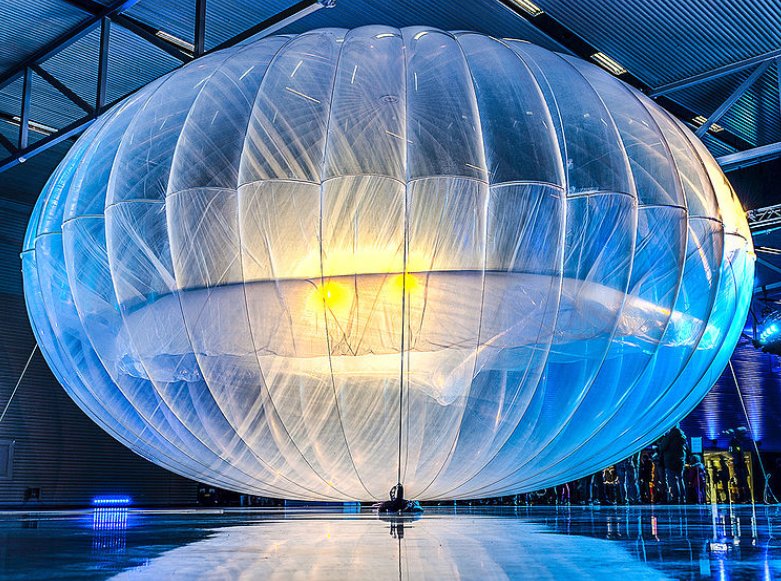
Alphabet has come up with a new method for offering Internet connectivity that now requires fewer balloons as part of its Project Loon.
Project Loon was launched by Google, but after its split into two companies the project went to its parent company Alphabet.
The Project Loon team, part of the company’s X research lab, said machine-learning-powered algorithms now allow it to send small teams of balloons to a particular region. The balloons dance on the winds in small loops to remain where they are required.
The company used the technique in a test in Peru last year, with some balloons staying in place for about three months.
Alphabet repeated the experiments, and saw similar results. Loon’s first pilot test was carried out in New Zealand in 2013.
Read more: Alphabet’s hardware inventory highlights growing Google strategy
X said in a Google+ post, “We always thought Project Loon would operate by creating rings of balloons around the globe and worked hard to maximise the amount of time each balloon spent over land.
“But over the last few months we were able to make some major breakthroughs by applying machine learning techniques to our navigation algorithms, and as a result, we can now get teams of balloons to cluster together over a particular region of the earth.”
The company said that Project Loon’s algorithms can now send a small group of balloons to form a cluster over a specific region where people need internet access.
“We have a lot of work to be done. We’ll reduce the number of balloons than we needed and get greater value out of each one.”
The move would reduce the costs of operating a Loon-powered network, which the company believes is a good news for the telco partners.






